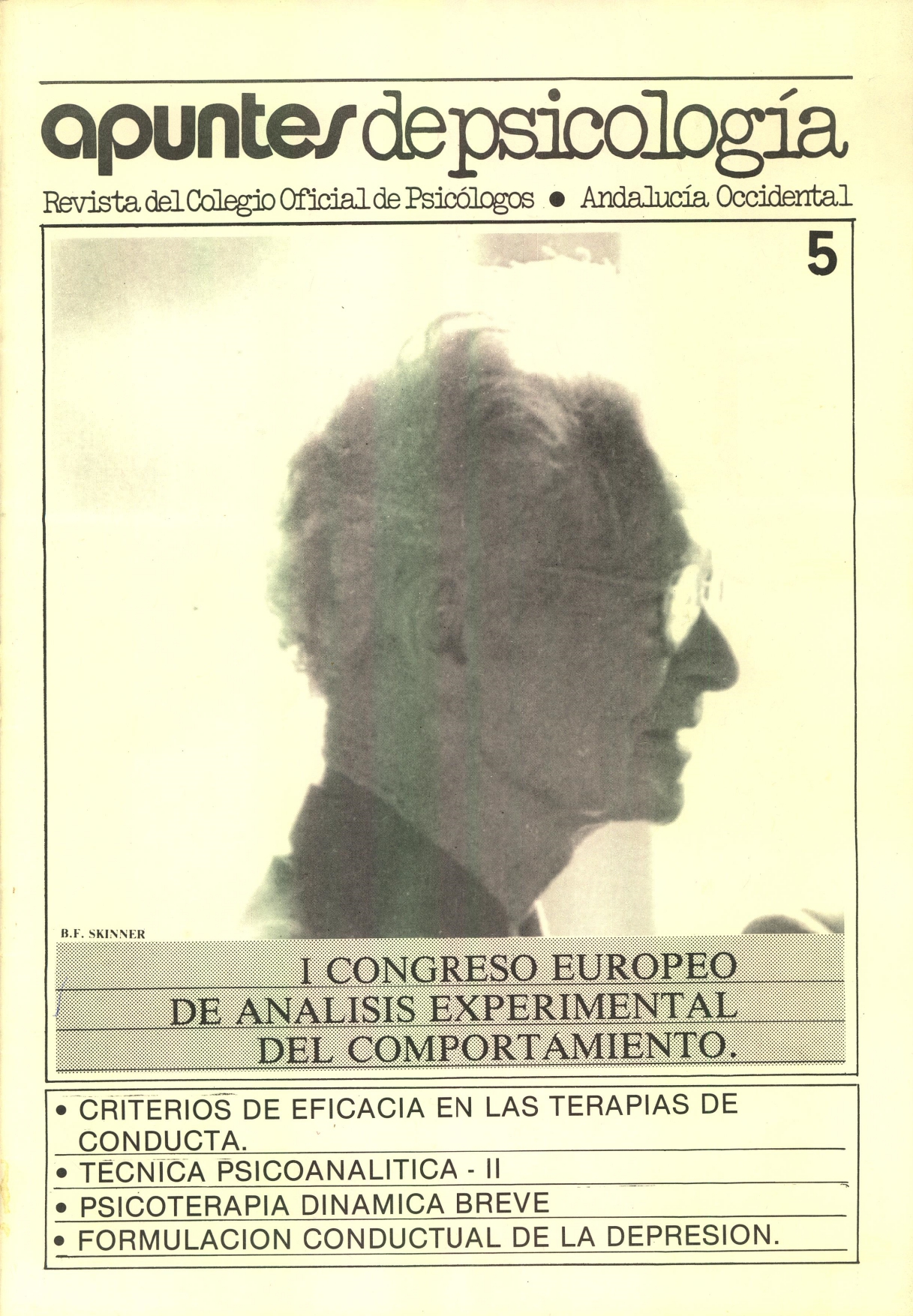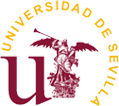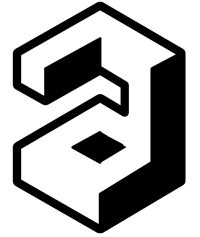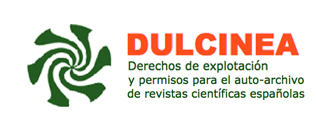Psychoanalytic technique (II). Fundamental principles of psychoanalysis
DOI:
https://doi.org/10.55414/ap.v1i5.925Abstract
Following S. Freud’s writings on psychoanalytic technique, published between 1912 and 1915, the variations and contributions to the psychoanalytic method have been diverse. Nonetheless, the essential aspects remain relatively unchanged and can be summarised in four main points:
1. The primary aim of analysis is to make the unconscious conscious, which requires the prior dissolution of resistances: this conscious insight must encompass both cognitive and affective elements.
2. Analysis should not focus on symptoms, but on their causes, that is, the intrapsychic conflicts from the past re-enacted in the transference.
3. Basic technical rules: free association, floating attention, neutrality, and abstinence.
4. Analysing is not merely interpreting, although this is its essential function.
Downloads
References
.
Downloads
Published
Issue
Section
License
Copyright (c) 2021 APUNTES DE PSICOLOGÍA

This work is licensed under a Creative Commons Attribution-NonCommercial-NoDerivatives 4.0 International License.


























